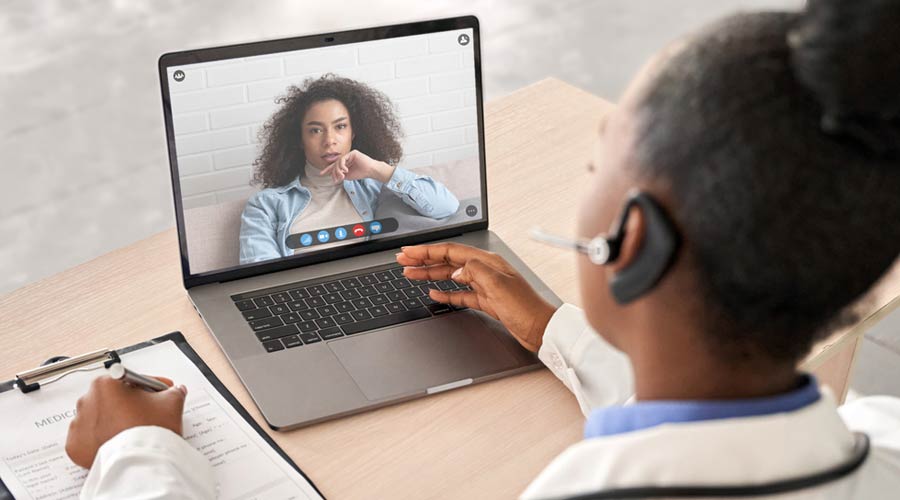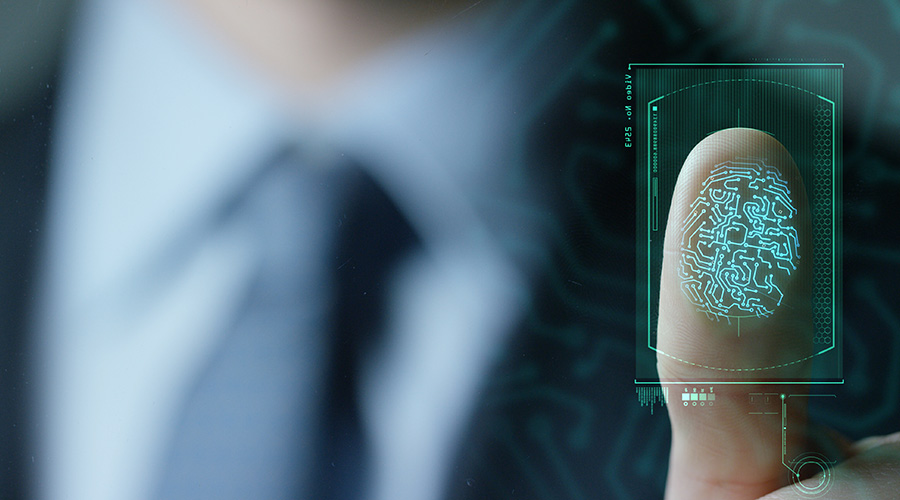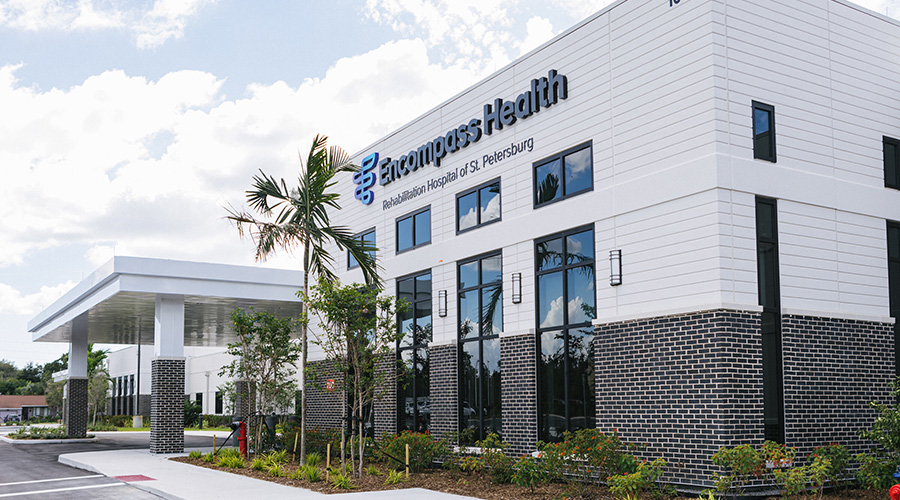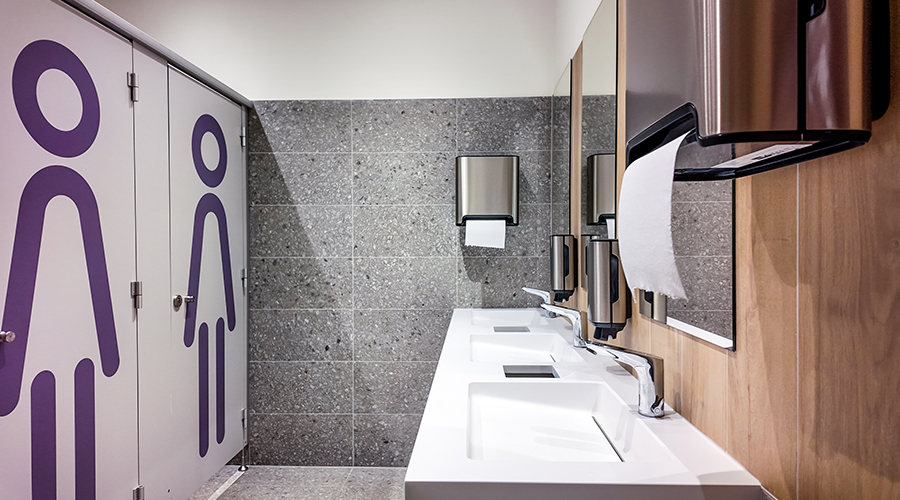The sky’s the limit, apparently, when it comes to implementing new technology in hospitals and other healthcare facilities. Facility managers and their in-house peers had been open to technology advances before the arrival of COVID-19, but the pandemic and the stress it placed on patient-provider relationships all but forced healthcare systems to take the leap into telehealth, among numerous other new technologies.
Telehealth has long been the highest profile example of technology embraced by healthcare systems, and more recently it has been complemented by the embrace of augmented reality, artificial intelligence, virtual reality and virtual beds in improving the way providers connect with patients deliver services.
The new technology hardly stops there. Healthcare systems have sought to open up new R&D opportunities and even hold down construction costs with the embrace of 3D printing, and long-term care facilities have implemented a range of technology applications to help address resident loneliness.
But these efforts to bring technology to bear on the challenges of healthcare and healthcare facilities also has created concerns among systems and patients about cybersecurity threats the technologies pose to privacy and patient data. In response, repeated calls have gone out for healthcare facilities to improve their cybersecurity defenses.
To address these concerns and help facilities and systems implement technology safely and protect patient and system data, the National Institute of Standards and Technology's National Cybersecurity Center of Excellence (NCCoE) recently published its final guidance on securing telehealth and remote patient monitoring (RPM) ecosystems.
The guide is intended to help identify risks associated with RPM architecture and ensure healthcare organizations are partnering with appropriate telehealth platform providers, according to NCCoE.

 A 'Superbug' Is on the Rise in Hospitals
A 'Superbug' Is on the Rise in Hospitals The Next Generation of Security Tech in Healthcare Facilities
The Next Generation of Security Tech in Healthcare Facilities Encompass Health Rehabilitation Hospital of St. Petersburg Opens
Encompass Health Rehabilitation Hospital of St. Petersburg Opens Why More Facilities are Adding Gender Neutral Restrooms
Why More Facilities are Adding Gender Neutral Restrooms Massachusetts Hospital Cyberattack Reflects Growing Vulnerability in Healthcare Systems
Massachusetts Hospital Cyberattack Reflects Growing Vulnerability in Healthcare Systems